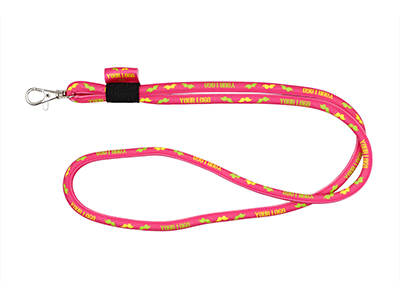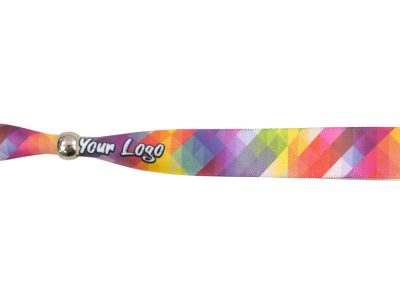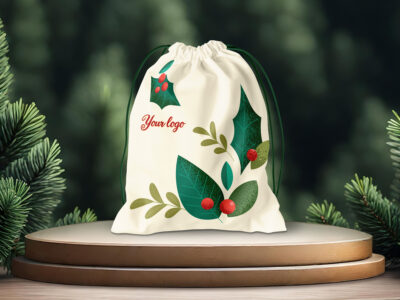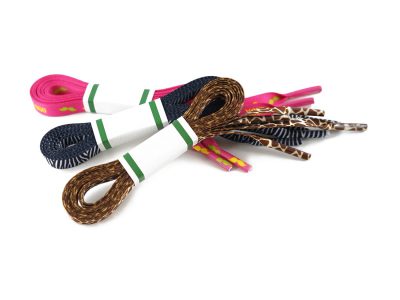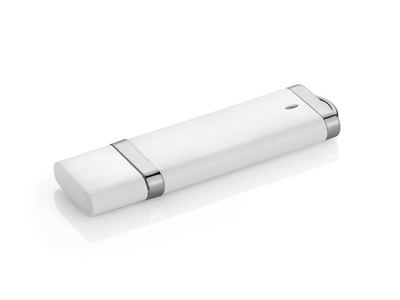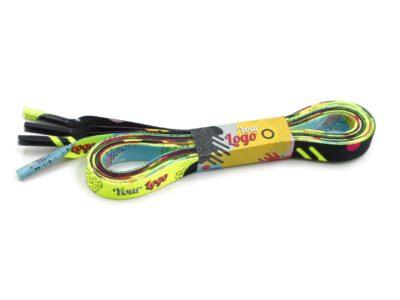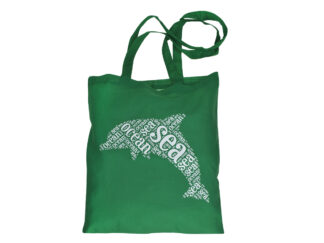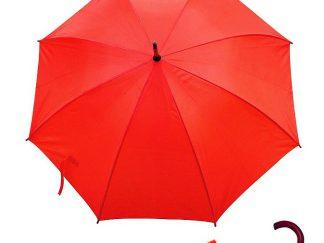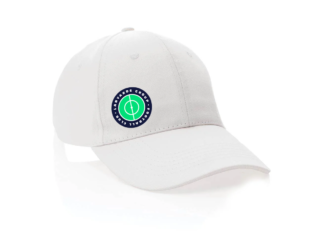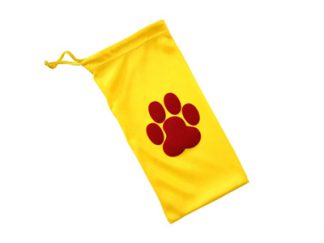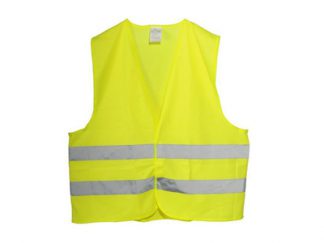Digital print - DTF
Digital printing DTF (Direct To Film) is a printing technique that allows the direct application of patterns to various surfaces using a special medium in the form of a special transfer film. It is a technology for high-quality printing and durability on textiles.
How is the DTF digital printing process going?
The DTF digital printing process requires precision at every stage. Pattern preparation, solid, thorough, punctual printing on DTF film, proper surface preparation, and precise pattern transfer. These elements are key factors in the quality of the final product. That is why it is important to work with high-quality equipment and materials and hire specialists who have experience with dtf transfer printing.
The first step is to prepare the pattern to be printed. The pattern is created using special graphic software, where colors, shapes, texture, and other graphic details are adapted. There is a wide range of tools and programs that allow you to design DTF printing designs.
The pattern is prepared after the printing stage on the transfer film. This uses this special DTF printer, thanks to which the pattern is directly transferred to the foil. Printers equipped with appropriate inks ensure high quality and durability of printing. The printed pattern must be precise with good resolution and color reproduction.
Then prepare the surface to which the pattern is to be transferred. Based on the application, for example, clothing fabrics, ceramics, wood, glass, or plastic. The most important thing is that the surface is clean, smooth, and thoroughly prepared for applying the foil. It is often necessary to remove impurities as well as apply a primer or preparation that facilitates the adhesion of the film.
The printed transfer film is placed on the prepared surface, covering the entire area where the pattern is to be printed. Then the foil pattern is transferred to the target surface. Depending on the specific equipment and settings, the film is pressed onto the surface using special presses. As an option, it is exposed to thermal rollers that transfer the pattern to the surface. Under the influence of heat or pressure, the film ink is transferred to the surface, creating the final pattern.
After transferring the pattern to the surface, some products may require additional protection to make the pattern durable and abrasion-resistant. For example, when printing on clothing, you may need to iron the pattern to guarantee its durability. In other cases, such as printing on ceramics, fixing in the oven may be required to make the pattern resistant to external factors.
Advantages of DTF printing
Firstly, this printing method is multi-format, which means that it can be used on a variety of surfaces. Fabrics, ceramics, wood, glass, and plastic are just some of them. Thanks to this, there is a wide spectrum of applications for this technique. DTF digital printing ensures high print quality. You can get clear, sharp, and colorful high-resolution designs, which translate into an attractive appearance for the final product. This printing technique is also flexible, allowing printing on flexible surfaces such as clothing. This is especially useful in the clothing industry, where personalization and high quality are important.
The process of making DTF digital printing is relatively fast and effective. This means that you can produce larger quantities of designs in less time, which is beneficial for mass production companies. In addition, DTF allows you to print complex multicolor designs without having to use multiple layers of paint.
Disadvantages of DTF digital printing
Like any technique, DTF digital printing also has some disadvantages. First, the cost of printing is related to investments in devices and materials. This can be a challenge for smaller companies. In addition, although DTF is widely used, some surfaces may not be suitable for this type of printing, for example, surfaces with a very uneven structure. After DTF printing, some products may require security measures, such as ironing or fixing so that the pattern is durable and abrasion-resistant. This is an additional step that should be considered in the process.
In summary, DTF digital printing is a versatile technique that offers many personalization and printing options on a variety of surfaces. In addition, DTF prints are characterized by exceptional durability. The advantages of dtf transfers are high quality, flexibility, and production speed, although they may involve some initial costs and require additional steps to secure the final product.
Showing all 5 results
Showing all 5 results

